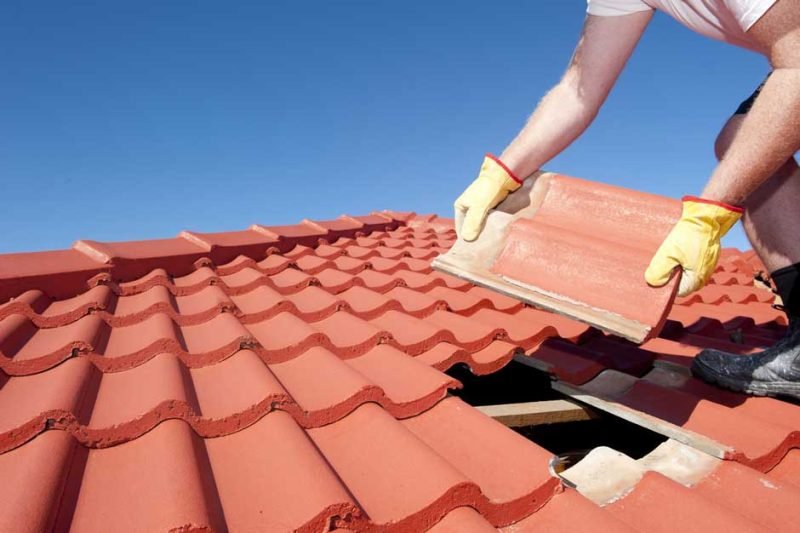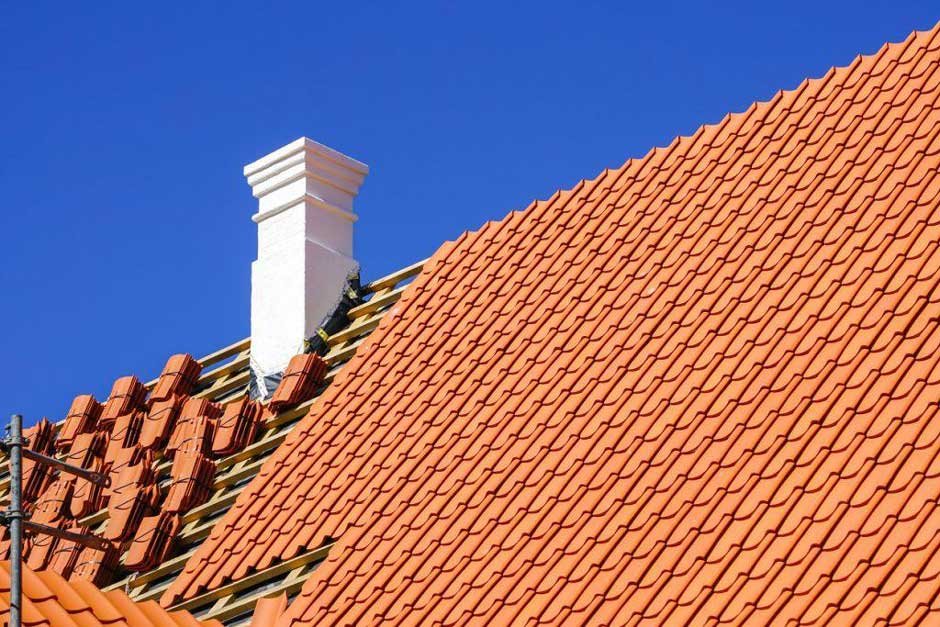
The roof of your home plays a crucial role in ensuring its safety and protection. It is essential to make informed decisions when it comes to investing in roof restoration. Exploring different types of roofing materials and conducting online research to find reputable residential roofers near me are key steps to ensuring a successful and valuable investment. In this article, we will explore ten important factors to consider before proceeding with a roof restoration project.
1. What Does Roof Restoration Entail?
Roof restoration is a broad term that encompasses various processes, including cleaning, repairing, rectifying, repointing, and recoating a roof – even asbestos roof removal. This restoration aims to rejuvenate an aging roof and enhance its aesthetic appeal and performance. It is important to understand the specific requirements of your roof before proceeding with restoration.
2. Roof Restoration vs. Roof Replacement: Which Do You Need?
Consulting with an experienced professional is crucial in determining whether your roof requires restoration or replacement. Factors such as the age of your roof, its maintenance history, and its overall condition play a significant role in making this decision. While a roof restoration can extend the lifespan of your existing roof, a roof replacement may be more appropriate in certain cases.
3. Advantages of Roof Restoration
A well-timed roof restoration offers several benefits. Firstly, it significantly prolongs the lifespan of your roof. By restoring your roof every 15 years, you can ensure its longevity. For concrete tiled roofs, proper restoration can prevent tiles from becoming porous, maintaining their integrity. Similarly, coating a metal roof can protect it from rust, extending its lifespan. Furthermore, roof restoration enhances the aesthetic appeal of your home and can increase its property value.
4. Determining the Type of Roof Restoration Required
Different roofing materials require specific approaches to restoration. In Australia, four common types of roofs are concrete tiled roofs, metal or Colorbond roofs, terracotta tile roofs, and asbestos roofs. Understanding the requirements of each roof type is essential for a successful restoration.
- Restoring Concrete Tiled Roofs: Concrete tiled roofs are highly suitable for restoration. Restoration around the 20-year mark can yield excellent results and ensure the longevity of the tiles. However, roofs that are older and in poor condition may require replacement rather than restoration.
- Restoring Metal or Colorbond Roofs: Metal or Colorbond roofs can be successfully restored if significant rust is not present. The restoration process involves high-pressure cleaning, priming, and applying two coats of color. New fixings may also be installed to ensure a seamless finish.
- Restoring Terracotta Tile Roofs: Restoring terracotta tile roofs requires careful inspection, as they may develop a condition known as fretting. Depending on the extent of fretting, a restoration involving cleaning, repointing, and tile replacement may be necessary. In severe cases, a roof replacement or conversion to Colorbond may be recommended.
5. Understanding the Roof Restoration Process
Having a clear understanding of the roof restoration process is essential to ensure effective communication with roofing contractors. The process typically involves the following steps:
- Inspection: A thorough inspection is conducted to assess the condition of the roof and identify any underlying issues.
- Cleaning: The roof is cleaned to remove dirt, debris, moss, and other contaminants.
- Repairs: Any damaged or broken components, such as tiles or flashing, are repaired or replaced.
- Rebedding and Repointing: The ridge caps are rebedded and repointed to ensure a secure and watertight seal.
- Coating or Painting: A protective coating or paint is applied to the roof to enhance its appearance and protect it from the elements.
- Final Inspection: The completed restoration is inspected to ensure all work has been carried out to a high standard.
6. Estimating the Cost of Roof Restoration
The cost of roof restoration can vary depending on factors such as the size of the roof, the type of materials used, the extent of repairs needed, and the location. It is advisable to obtain quotes from multiple roofing companies to compare costs and services. Remember to consider the long-term value and benefits of restoration when evaluating the cost.
7. Exploring Financing Options with Roofing Companies
If the cost of roof restoration is a concern, it is worth discussing financing options with roofing companies. Some companies may offer flexible payment plans or financing arrangements to make the investment more manageable. Exploring these options can help you proceed with the restoration project without straining your finances.
8. Asking the Right Questions During Roofing Restoration Quotes
When obtaining quotes from roofing companies, it is important to ask the right questions to ensure you have a clear understanding of the services provided and the associated costs. Some key questions to ask include:
- What specific restoration processes will be performed?
- Are repairs included in the quoted price, or will they incur additional charges?
- What type of coating or paint will be used?
- Is there a warranty or guarantee on the restoration work?
- How long will the restoration process take?
- Are there any additional costs or hidden fees that I should be aware of?
9. Selecting the Right Roofing Company
Choosing a reputable and experienced roofing company is crucial for a successful roof restoration. Consider the following factors when selecting a roofing company:
- Checking the History of a Roof Restoration Business: Look for established companies with a proven track record of delivering high-quality work. Check online reviews, testimonials, and ask for references from past customers.
- Evaluating Warranty Periods Offered by Roof Restoration Companies: Inquire about the warranty or guarantee provided by the roofing company. A reputable company will stand behind their work and offer a reasonable warranty period.
10. Considering Solar Panel Integration
If you are considering installing solar panels on your roof in the future, it is important to discuss this with the roofing company during the restoration process. Planning for solar panel integration in advance can ensure that the necessary preparations, such as adding roof anchors or reinforcing structural components, are taken into account during the restoration.
Remember to consult with professionals and gather as much information as possible before making any decisions regarding roof restoration. By considering these factors, you can make an informed choice and ensure that your roof restoration project is successful



